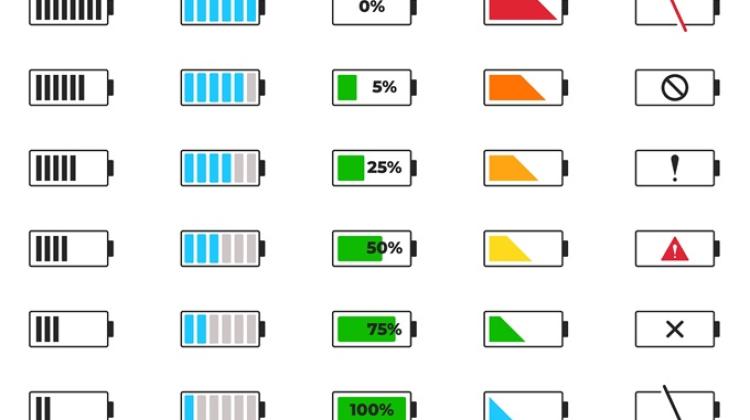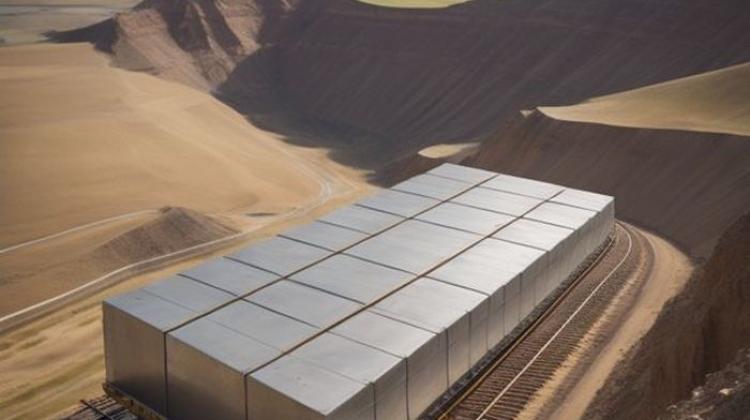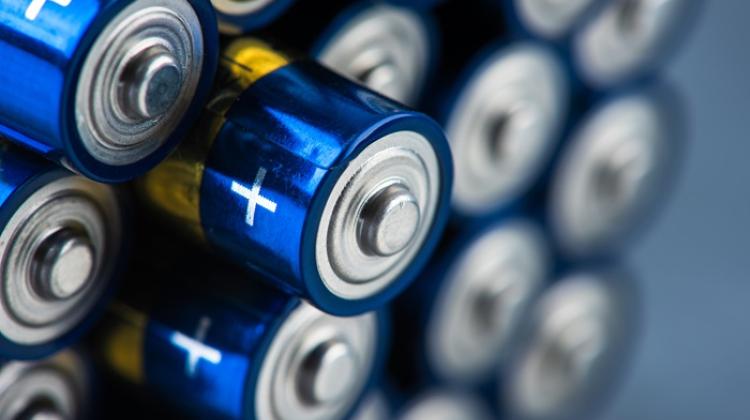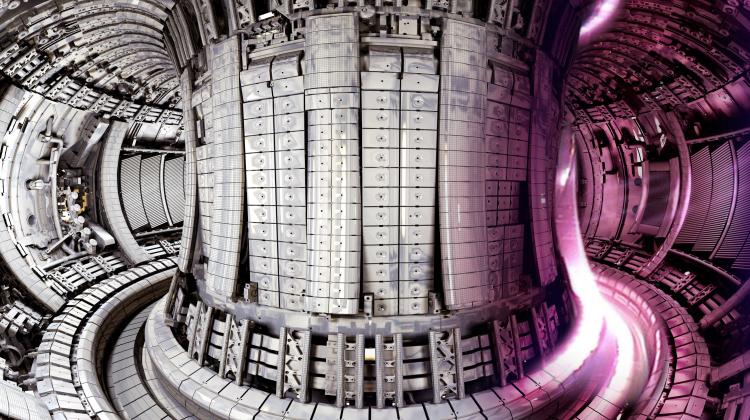Polish researchers build ice battery
 Adobe Stock
Adobe Stock
Wrocław University of Science and Technology and two Polish companies have developed an ice battery that stores surplus energy in the form of cold energy - and releases it in the form of heat at a later time, for example when electricity is more expensive. The system can be used mainly by companies that need large amounts of heat energy.
In addition to new energy sources, methods of storing energy are also needed. Unfortunately, there is a bottleneck because typical batteries are not very good at storing large amounts of electricity, and this does not only apply to electric cars.
However, energy is used in different ways, and it can also be stored in different ways. One of its forms is thermal energy, used, for example, in numerous production processes. Therefore, attempts are made to store this form of energy in various ways.
One of the methods are the so-called ice batteries. A device of this type has been developed by specialists from Wentima and Rawlplug in collaboration with employees of the Wrocław University of Science and Technology. The solution was integrated in the production process of the latter company.
The Ice Battery system consumes electricity when it is cheaper, for example at night, and uses it to transform the working medium into a solid state, i.e. to freeze it. At times when you have to pay more for electricity, defrosting is activated and heat is released.
The company that installed the battery uses large amounts of heat in its production processes.
'The Ice Battery system uses phase transformations to store cooling energy. The battery enables more efficient energy management. We discharge it when energy consumption and prices are the highest. The device therefore acts as a stabiliser, an energy fuse that makes it possible to adjust energy consumption to tariffs, because most companies pay more for energy during the day than at night. The ice battery system allows for a more effective - and therefore also more ecological - energy management by operating on peaks and off-peaks,’ says one of the consultants of the invention, Dr. Piotr Piechota from the Faculty of Mechanical and Power Engineering of the Wrocław University of Science and Technology.
He adds: ‘The heat recovered from the battery is used, for example, in injection processes, where special injection moulds are heated. The process must take place at a specific, stable temperature.’
Importantly, the battery can also draw energy from sources other than the grid. The already installed device uses, for example, surplus energy produced by local photovoltaic panels. However, it may also collect the so-called waste heat is generated in various plants as a result of production processes. For example, thanks to the collection of energy from the night tariff and the surplus from solar panels, according to conservative assumptions, in one year Rawlplug is able to save energy equal to the energy it consumes during 56 days.
The creators of the invention also emphasise its other great advantage. They explain that the battery consists mainly of water, plastic and steel, which means it is easy to dispose of. However, such a need is rare, because unlike electric batteries, the wear of an ice battery is negligible. The creators of the Ice Battery report that thanks to its modular structure, its connection to the production system did not require any modification. Dr. Piechota adds that the system must always be optimised for a given application.
'The battery is one of the components of the entire energy system of the enterprise, so it is necessary to adjust its parameters to the production cycle, in this case to ensure the continuity and stability of the entire process. This was also the task of our team; we performed measurement, acted as consultants in metrological issues and prepared an energy balance of the system,’ says Piechota.
'Storing energy in the positive (heating power) and the negative (cooling power) has been used for many years. Nowadays, however, the demand for such energy storage has increased,’ says Professor Tadeusz Bohdal, head of the Department of Energy at the Koszalin University of Technology and expert in the field of heating and cooling technology, who is not involved in the project.
'According to the description of the new technical solution provided by the authors, when there is a surplus of electricity production, that surplus is used by a refrigeration installation to lower the temperature of another medium (e.g. water) and freeze it. The +cold+ is then accumulated. In the case of demand for cooling power, the process is reversed and the melting medium cools the space that requires it,’ Bohdal says.
He adds: ‘Detailed solutions that improve the energy efficiency of these processes are a novelty. However, the authors do not reveal them, explaining it as a secret of the patents. Reversing processes is always associated with energy losses. The authors do not mention it (how much energy they lose - editor's note). The stated profit of 20 percent is probably due to energy prices in different periods (night and day tariffs). To sum up: an old idea, a new solution. The proposed method can bring significant benefits on an industrial scale, but the company must be using significant amounts cooling capacity.’
PAP - Science in Poland, Marek Matacz
mat/ zan/ kap/
tr. RL
Przed dodaniem komentarza prosimy o zapoznanie z Regulaminem forum serwisu Nauka w Polsce.



















